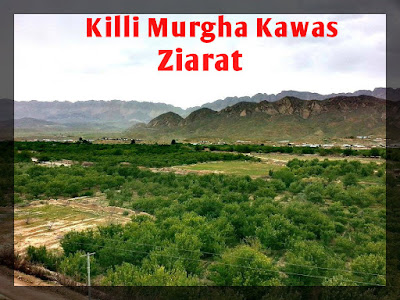Quroot (Dried curd)
Local name : (Kruth, Kreth,Quroth )
Quroot (Dried curd) is a Cottage Cheese. It is very
popular and traditional cuisine of Pakistan including Balochistan,and is consumed primarily during the winters. It is an
essential food in all nomadic and pastoral communities. Specially Balochi, Brahvi, Gujjar,Kashmiri
and Pashtoon nomads made it to keep them warm in winters. It is made for personal
use and for
commercial basis to sell it all around the area.
Quroot is traditionally a by-product of butter made from sheep or goat milk. The residual buttermilk remaining after churning of the butter is soured further by keeping it at room temperature for a few days, treated with salt, and then boiled. The precipitated casein is filtered through cheese cloth (Malmal cloth), pressed to remove liquid, and shaped into balls. The product is thus a very sour cottage cheese. It is basically made of yogurt and salt. It can be preserved for long time period.
Quroot has round or oval shape. It is usually eaten raw. It is also used in many other dishes and sauces.
Quroot takes its roots in Northern Afghanistan during the 1st Century BC. In Afghanistan
Method
· Pour the yogurt in muslin or cheese cloth and drain the curd until the excess water is pressed out. It usually takes one or two days to drain out all excess water.
After draining all excess water it form a hard curd Add some quantity of flour and salt and knead it well until its texture and appearance become smooth After the addition of flour and salt it becomes bit hard in shape Cut it into any shape or roll by hand to make balls shape.
**********************************************************
Kruthghwadhi
(Kruth or Ghwadhi)

Kruthghwadhi is very popular cuisine
consumed primarily during the winter. It is also called kruth or ghwadhi.
It is prepared by Quroot (Dried curd). Butter which is extracted from cows, buffalo, goats, or sheep is used .Butter is melted into oil. Quroot is added in boiling oil until it is melted and become like soupy greasy mixture .Soak hunks of nan or roti in it. Add some onions.
Traditionally it is eaten with hands but some people eat with spoon as well. To enhance flavour it is served with sources chutni or salad. But best way is to eat simple with out any additive things.
Kruthghwadhi keeps warm and prevents from cold in winters. It is the reason where there is severe cold it is used.
















































